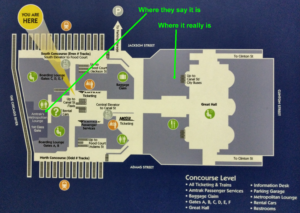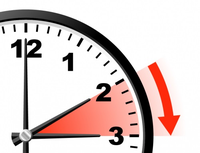These days if you enter the US national phase you can expect to wait at least three months for your Filing Receipt.
We try to track this kind of thing pretty closely in our active files. For a domestic filing receipt the delays these days are a mere 2-3 weeks. But if the filing receipt that you are waiting for is a DO/EO/US filing receipt, you will have to wait three months.
This three months is, these days, the “best case”. This assumes that you e-filed the case (not paper) and that you did not have any missing parts (no missing inventor declaration, no missing translation into English, no missing fees). This assumes that you provided not only an ADS but also a computer-readable ADS but not only that, you provided it in the first EFS-Web submission meaning that the bibliographic data auto-loaded into Palm. You also provided an Express Request for immediate national-phase entry if the other requirements were satisfied before the end of the 30 months. Put plainly, you did everything that you possibly could to make as easy as possible the work of the DO/EO/US person.
With all of this, the waiting time for a Filing Receipt these is three months.
If, however, you do anything that requires the DO/EO/US person to do actual work, like not having paid all of the fees, not having provided the inventor declaration, etc. then the waiting time for the Filing Receipt will be much longer.
How long are you having to wait for your US national phase Filing Receipts? Post a comment below.


 Yes, today is the day that the Hague Agreement enters into force in Canada. This is an important development for
Yes, today is the day that the Hague Agreement enters into force in Canada. This is an important development for  Keep in mind that most locations in the US will turn off daylight saving time today, but today is not the day that Switzerland will turn off daylight saving time. (Switzerland turned off DST a week ago.)
Keep in mind that most locations in the US will turn off daylight saving time today, but today is not the day that Switzerland will turn off daylight saving time. (Switzerland turned off DST a week ago.)